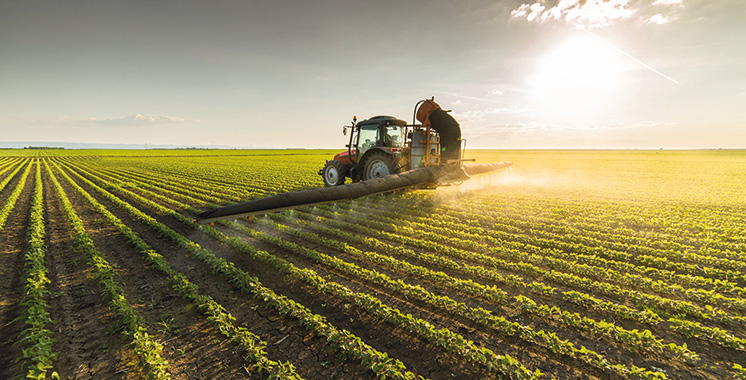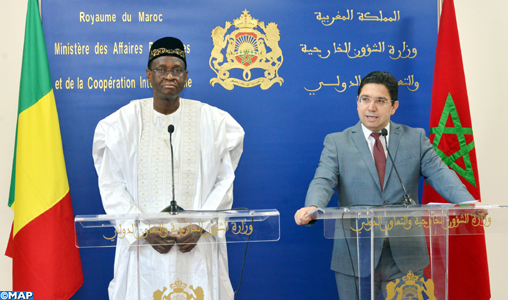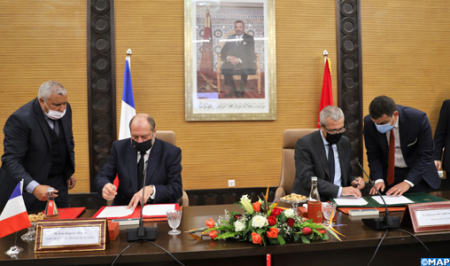Moroccan farmers are breathing a sigh of relief after recent rainfall that dissipated the prospect of extreme drought and helped improve dam filling rates.
Moroccan dams are on average 34% full on December 28 after the filling rate dropped to near 20% leading to a halt of irrigation in many key agricultural regions.
Rainfall is extremely important for cereals, of which Morocco is a major importer. Last year, Morocco experienced its worst drought in about three decades that slashed growth prospects this year to 1.5% from 7.9% a year earlier.
This year Morocco had a meagre harvest of 32 million quintals, down from 103 million quintals a year earlier, a figure that highlights the vulnerability of the country to climate change and erratic rainfall.
In response to water scarcity, the government has earmarked 10.8 billion dollars or 115 billion dirhams to expand irrigation programs from 2020 to 2027.
The investment aims to mitigate the impact of drought on farming, which represents some 14% of Morocco’s GDP and employs millions in the countryside.



